(10291 products available)


























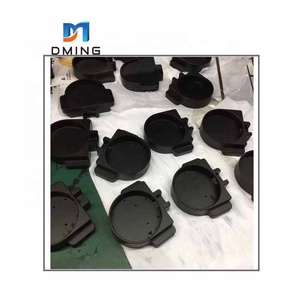



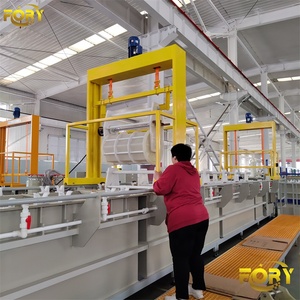

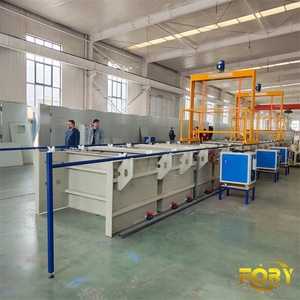


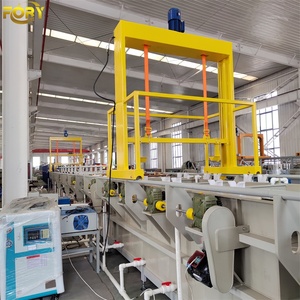
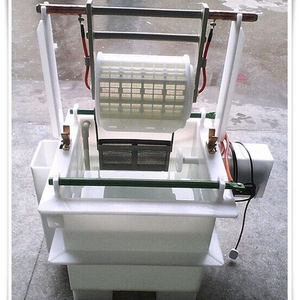


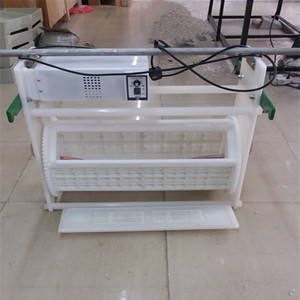




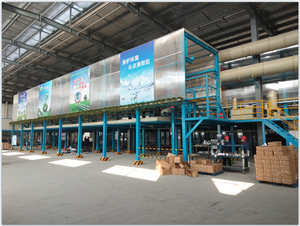





















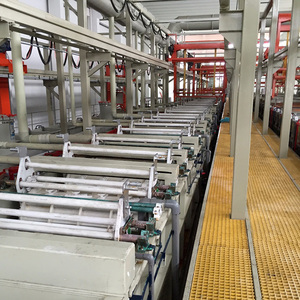


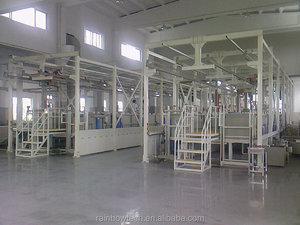



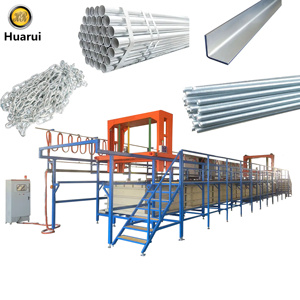












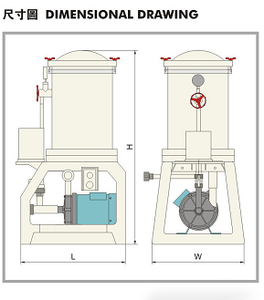





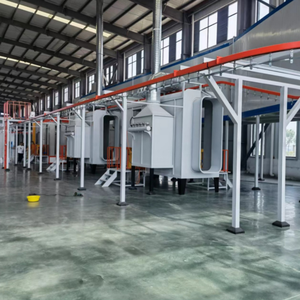







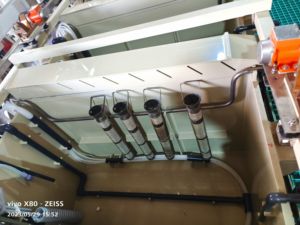
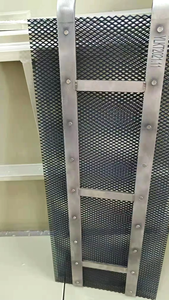

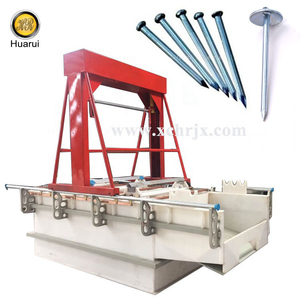



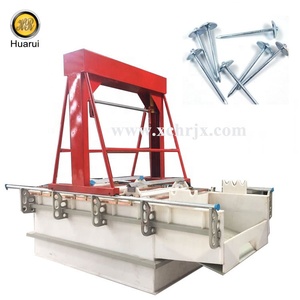









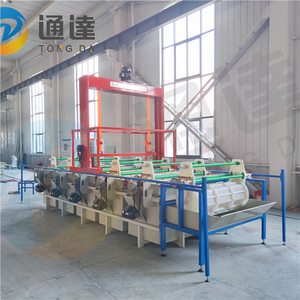

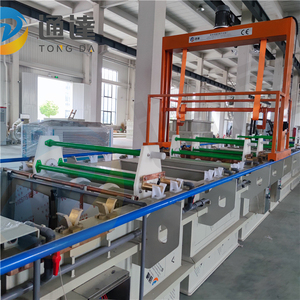
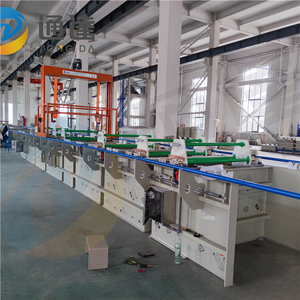

















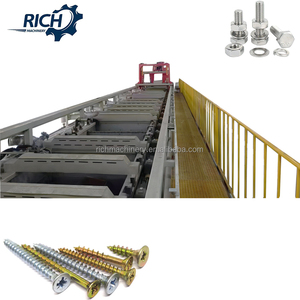


































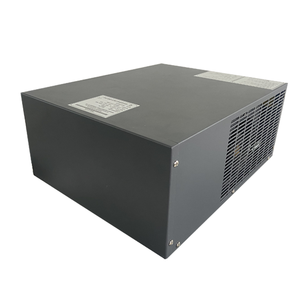

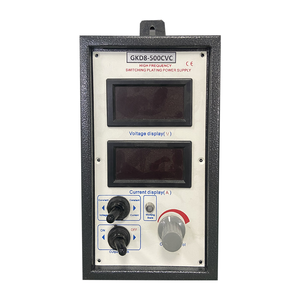




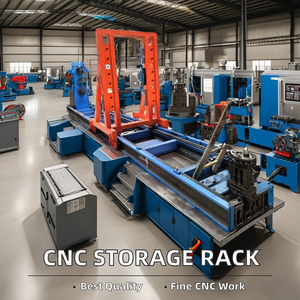

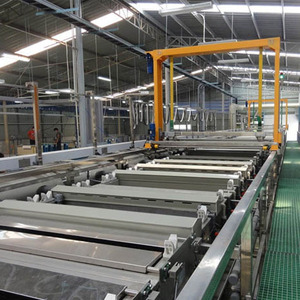


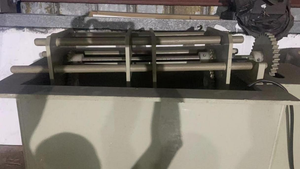


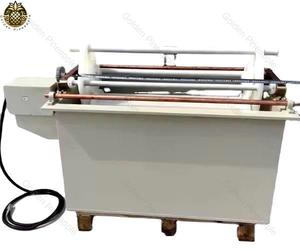




















Zinc electroplating equipment refers to the devices used in the electroplating process, which coats objects with a thin layer of zinc through electrolysis. The electroplating process involves creating a stable electrolyte solution containing zinc salts, to which the anode and cathode are respectively attached. The object to be plated is the cathode in the zinc electroplating tank equipment and is bonded to the negatively charged terminal. As a product of the electrochemical reaction, zinc ions move towards the object, creating a protective and decorative zinc layer.
The core component of zinc electroplating equipment is the zinc electroplating tank, which can be made from several materials, including PP, PVC, CPVC, PVDF, rubber, and steel. Additional accessories such as busbars, anode baskets, and supporting racks may be made of copper, stainless steel, or a combination of both. Manmade materials are often coated with polymers or epoxy used to insulate the tank interior, while steel tanks may be coated in rubber to increase their longevity. Electroplating tanks come in a variety of sizes and shapes. Utilizing the right plating tank can affect the outcome of the plating process, such as the uniformity of the coating on the substrate.
Anodized baskets are used to hold the anodes in place and facilitate the movement of the electrolyte within the tank. Like the tank, anode baskets can be made from a variety of materials and may even have a polymeric coating on the exterior. To ensure the even distribution of the current throughout the electroplating process, busbars connect the power supply with the anodes and cathodes. For instance, copper is a good electrical conduit, making it an ideal choice of material for busbars, which are frequently connected to the electroplating equipment with bolts or lugs.
Power supplies regulate the current density in zinc electroplating setups, which in turn helps control the growth rate and deposit characteristics of zinc on the substrate being plated. Current density, voltage, frequency, and ripple are all factors of the electroplating setup that the power supply controls. In most modern setups, switching power supplies are used since they are more efficient, smaller, and produce less heat than linear power supplies.
Supplementary equipment for zinc electroplating includes rinsing and pickling equipment. Rinsing equipment removes contaminants from the surface of the object being plated and is brushed, gunned, or fogged onto the surface before plating to aid in adhesion enhancement and contamination removal. Dipping tanks for rinsing are generally made out of PVC. Pickling equipment, on the other hand, is used to smoothen roughened or oxidized areas of the substrate made out of steel. Unlike the strict environmental regulations surrounding the use of chemicals for rinsing, there are no such rules for pickling solutions, which may contain an acidic electroplating solution inside a stainless steel tank.
Other pieces of equipment that may be helpful for zinc electroplating include deionized water systems that are used to eliminate ionic and inorganic contaminations in areas where hard water is utilized, as well as fume extraction systems that are utilized to manage hazardous fumes that are produced during the electroplating process air handlers.
By familiarizing themselves with the various types of zinc electroplating equipment, suppliers should be able to confidently select the right equipment for their needs as well as better understand how to care for it and use it properly. Proper care and maintenance of good quality zinc electroplating equipment is essential if they are to prolong its lifespan and achieve optimum results.
Specifications of electroplating equipment will vary depending on the type and the particular application for which it is intended.
It is crucial to adhere to the manufacturer's maintenance instructions when using zinc electroplating equipment, as factors such as the environment, frequency of use, and the miscibility of the water used will impact any required maintenance tasks.
The zinc plating machine is used primarily for the zinc coating of iron and steel materials in various industries. As such, most industries already use the equipment for zinc plating, and the list is vast.
The automotive industry relies heavily on the use of zinc electroplating equipment. Without it, car manufacturers and part producers would be looking at vehicles that are falling apart or rusty at the slightest hint of moisture in the air. Zinc electroplating serves as an excellent protective coating for steel components, which are used in cars and would be prone to rust if left uncoated.
Car manufacturers and part makers use zinc electroplating equipment to coat vital car components, such as the body, chassis, fasteners, and other structural elements.
Another industry that has been known to use zinc electroplating equipment is the construction industry. Several construction elements and hardware components are made from steel but would need to be coated with zinc to improve their resistance to corrosion.
Like the automotive industry, this scenario applies to various construction hardware, frequently exposed to harsh environmental conditions, like moisture. Without zinc electrocoating, these items would be prone to rust, especially if they are not protected.
The marine industry has been known to make full use of zinc electroplating to improve the corrosion resistance of marine accessories that are made with steel.
The furniture manufacture and assembly industry also uses zinc electroplating equipment to improve the corrosion resistance of steel furniture.
Since furniture items are usually manufactured from steel, without any kind of coating to protect it, manufacturers will be looking at pieces that will be damaged and rendered unfit for use in no time.
Zinc electroplating creates a protective layer over the steel, which helps prolong the life of the steel furniture items. This includes lockers, office chairs, and any other item that is made from steel and will be exposed to moisture, indoor or outdoors.
When purchasing zinc plating equipment for resale, buyers should consider machinery that is simple to use, even for inexperienced staff. An electroplating machine with a clear control panel, for instance, should have intuitive buttons to assist staff in easily changing settings. Additionally, the equipment should come with comprehensive manuals that provide detailed installation, operation, and maintenance guidelines.
Buyers should also consider electroplating machines that have reliable safety features to protect workers from potential risks. Such devices have automatic shut-off mechanisms that halt operations under abnormal conditions. Additionally, they have insulated handles to safeguard operators from electrical shocks.
Buyers should also get zinc plating equipment that can easily accommodate a wide variety of metallic workpieces. Such adaptable machines help minimize operational costs, boosting profit margins. It is also important for buyers to invest in electroplating machines that consume less energy during operations. Low energy consumption directly reduces production costs and positively impacts profit margins.
When buying zinc electroplating equipment, buyers should select devices that can withstand harsh environmental elements and offer extended lifespans. Such durable devices will have high-resistance components and competitive plating solutions. Moreover, buyers should opt for the equipment that is simple to maintain and clean. To avoid carbon build-ups that clog crucial parts of the electroplating system, the manufacturer's cleaning suggestions should be followed. Additionally, routine maintenance checks should be completed to ensure that key components of the machinery, such as the cathodes and anodes, are in good condition.
Finally, buyers should get electroplating equipment compatible with different plating solutions. Such versatile machines provide customers with a wide range of plating opportunities. They enable business owners to easily expand their service offerings without having to invest in additional plating equipment.
Q1: Which base metals can benefit from zinc electroplating?
A1: Zinc electroplating can be performed on various base metals, including iron, carbon steel, copper alloys, aluminum, PVC, and more.
Q2: Can buyers get custom zinc electroplating equipment?
A2: Yes. Many manufacturers and suppliers are willing to offer custom zinc plating equipment according to specific requirements.
Q3: What are the recent trends in zinc electroplating equipment?
A3: The global zinc plating equipment market is expected to develop steadily in the coming years, trend toward environmental protection and sustainability. Buyers can look for equipment that uses fewer hazardous chemicals and recycle resources.
Q4: What is the future outlook of zinc electroplating equipment?
A4: The zinc electroplating equipment market is still growing steadily. There is still a strong demand in the automotive, manufacturing, and electronic industries. Buyers are looking for equipment with high efficiency and good reliability.